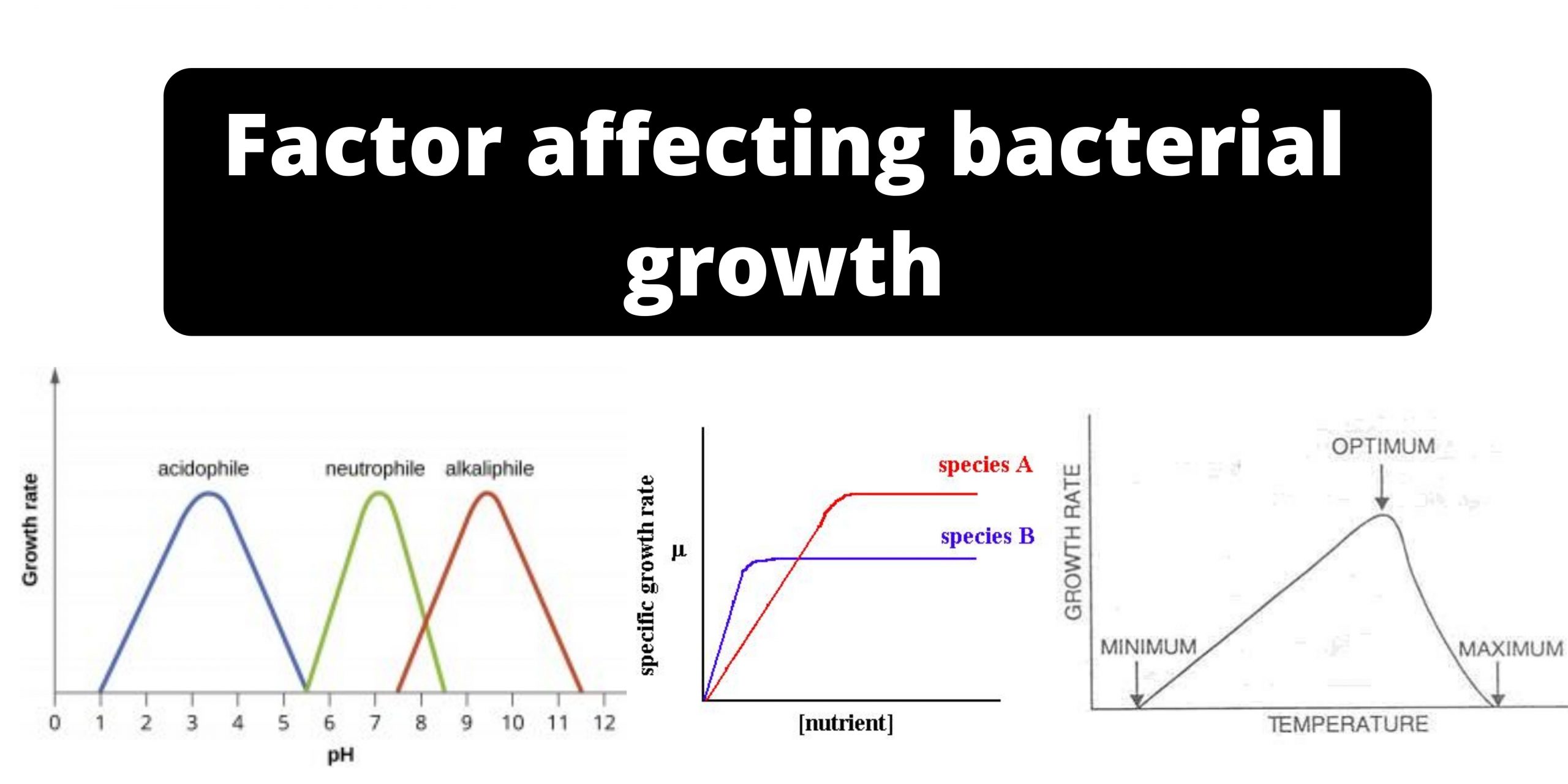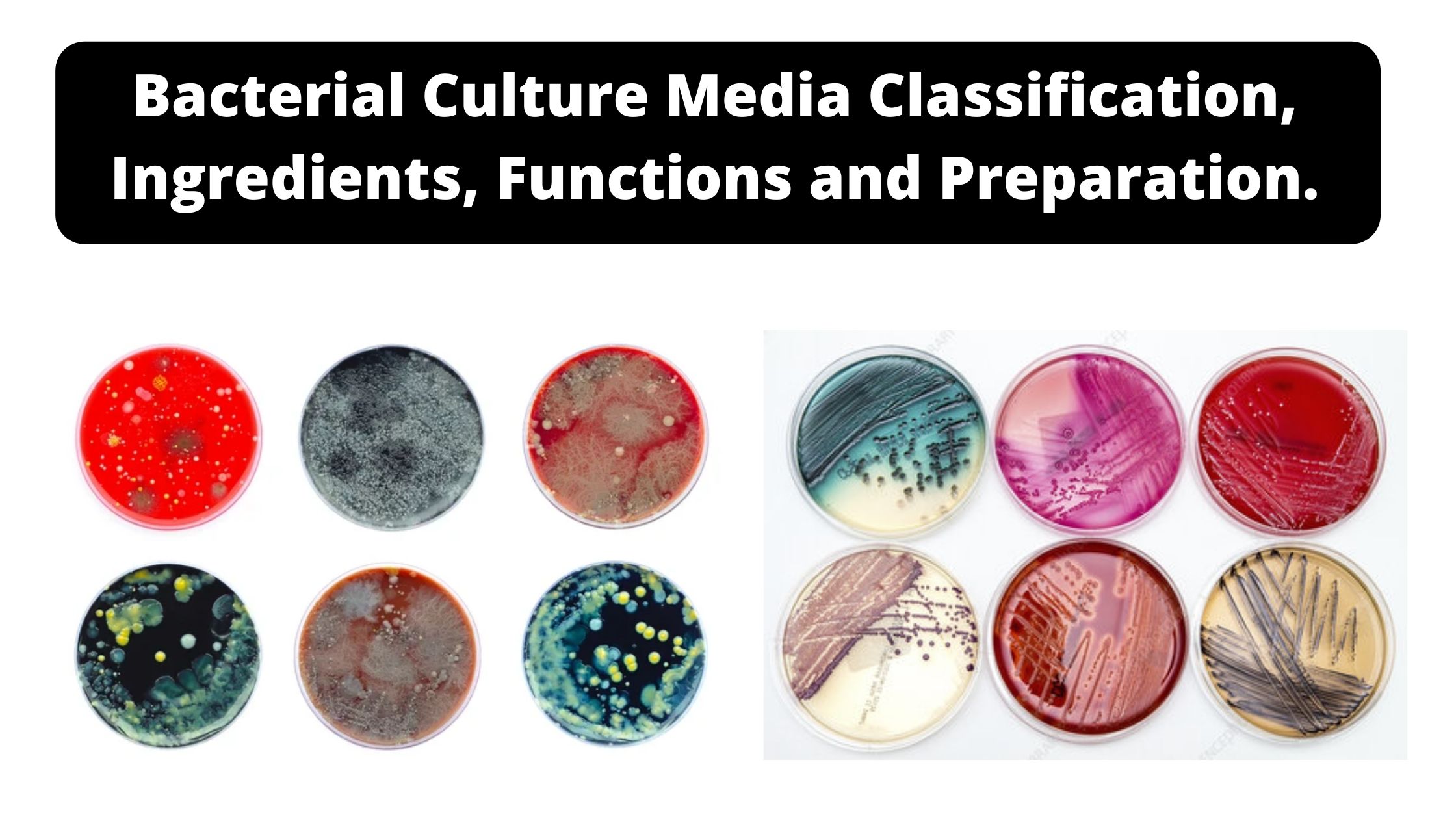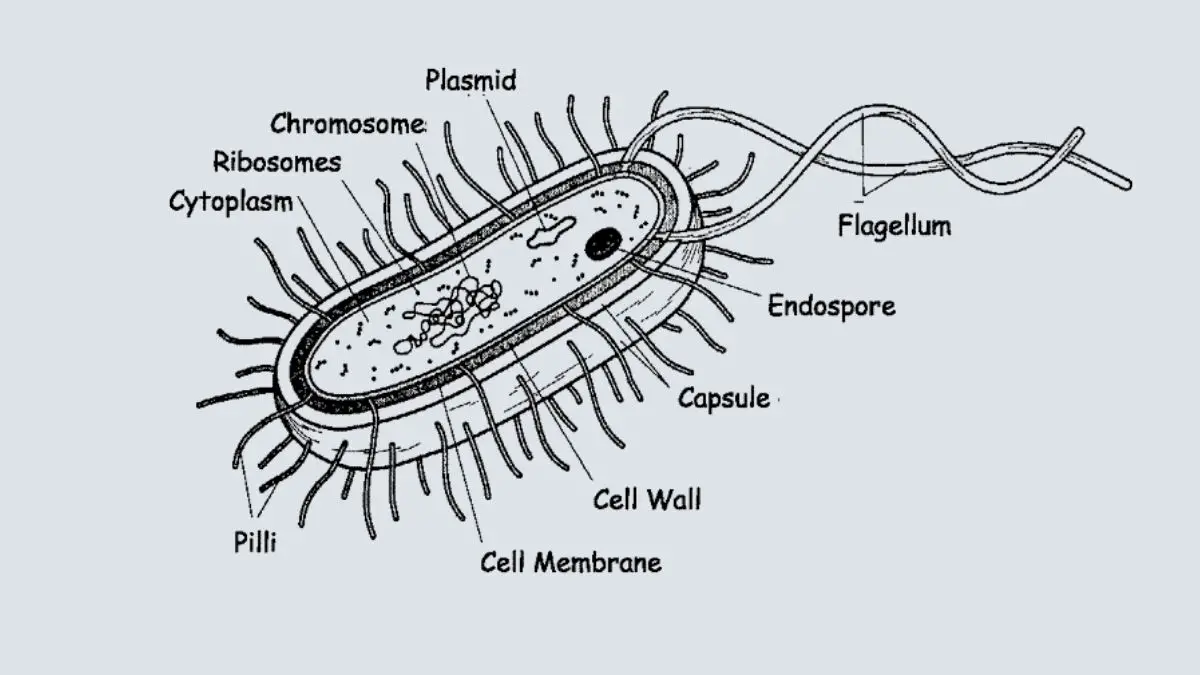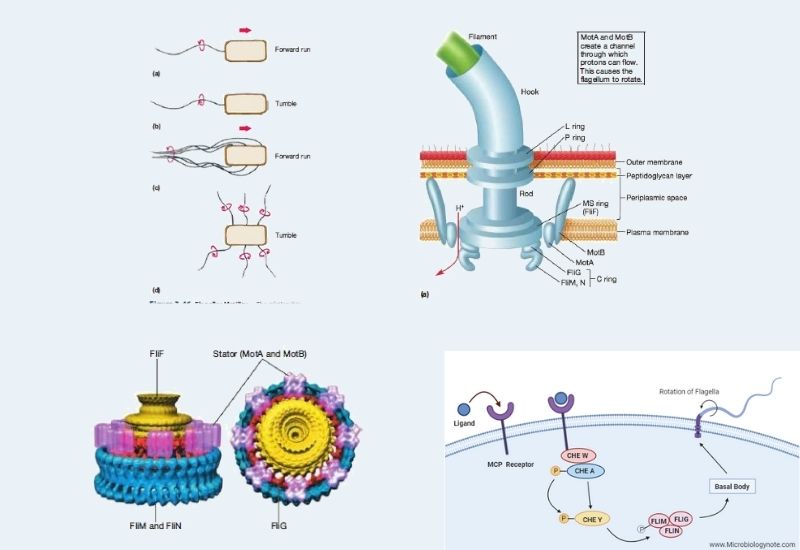Food Poisoning by Bacillus cereus – Foodborne Toxins
What is Bacillus cereus? Bacillus cereus is a pathogenic bacterium known for causing food-borne illnesses. Here is information about Bacillus cereus: Biological characteristics of Bacillus cereus Bacillus cereus possesses specific biological characteristics that contribute to its survival and potential to cause illness. Here are the key characteristics of Bacillus cereus: Sources of contamination Bacillus cereus … Read more









